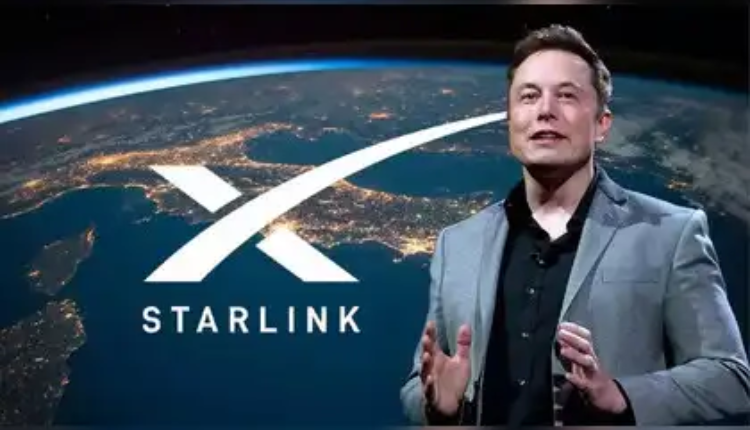New Delhi: Elon Musk’s Starlink internet service from SpaceX is set to enter the Indian market in association with telecom behemoths Reliance Jio and Bharti Airtel, ushering in a potential digital transformation for the nation. The technology heralds a new urbanisation that has the potential to narrow the digital divide while enhancing connectivity and creating vast opportunities for millions, especially in rural and remote regions.
Starlink, the LEO satellite internet network with 7,000+ satellites in space with almost terabyte per second (Tbps) potential data throughput, has high speed and up to 80–90 times the data throughput of competitors like Eutelsat OneWeb and Jio-SES. This ability, yet to be deployed, is slated to provide dependable broadband to places where standard telecom structures are either impractical or prohibitively expensive—including areas within the Himalayan belt, northeastern India, and island territories. Almost 670 million Indians living in these unserved segments can benefit from accessing digital services, aiding both economic growth and improving education and healthcare systems.
In March 2025, Starlink, in a bid to enhance its delivery in India, entered into a collaboration with Jio and Airtel to make its equipment available in thousands of retail outlets across India, subject to regulatory clearance from the Department of Telecommunications (DoT). This partnership would capitalise on the vast reach of India’s telecom goliaths to bring Starlink services to doorsteps across the country. Union Commerce Minister Piyush Goyal met the Starlink delegation on April 16 and noted satellite telecom would be able to deliver low-cost connectivity to the remote interiors of the country and that it aligned with the Digital India mission of India.
Some key benefits of Starlink’s entry are:
Bridging the Digital Divide Becomes a Reality: The satellite internet Starlink can deliver internet of 25 to 220 Mbps to areas lacking access, offering individuals online education, telemedicine, or e-commerce opportunities that are currently out of reach for millions.
Boosting Digital Economy & Jobs: Better connectivity is also expected to drive employment opportunities in the tech, installation, and maintenance sectors and allow small enterprises in underserved geographies to benefit from the global marketplace.
Competition in Telecom Market: Starlink’s entry will further boost competition in India’s telecom market, leading to improved innovation and service quality for customers.
Strategic Infrastructure: With plans to launch three Indian gateways, Starlink will combine to fortify the digital infrastructure of the country in applications like in-flight Wi-Fi and disaster management.
However, challenges remain. Starlink’s expensive gear — about $500 — and high prices, similar to those in the U.S. and Bhutan — as much as $80-$165 per month — could hinder adoption among consumers who resist paying a premium. And a pending 3% surcharge on spectrum use and 8% on licences could make services even more expensive. Starlink’s licence has been caught up with regulatory challenges — the Home Ministry has expressed concerns about national security — but recent meetings indicate progress.
Analysts see Starlink’s arrival as a complement rather than a competitor to Jio and Airtel’s existing networks, which control urban broadband with affordable, high-speed plans. “Starlink will cater mainly to niche, underserved markets and will only complement India’s digital ecosystem without encroaching upon existing players,” said Ajai Chowdhry, who co-founded HCL.
With India awaiting Starlink’s regulatory clearance, there is some excitement in the air. If successful, this initiative could revolutionise connectivity, ensuring equitable digital empowerment and positioning India as a pioneer in satellite internet adoption globally.



Comments are closed.